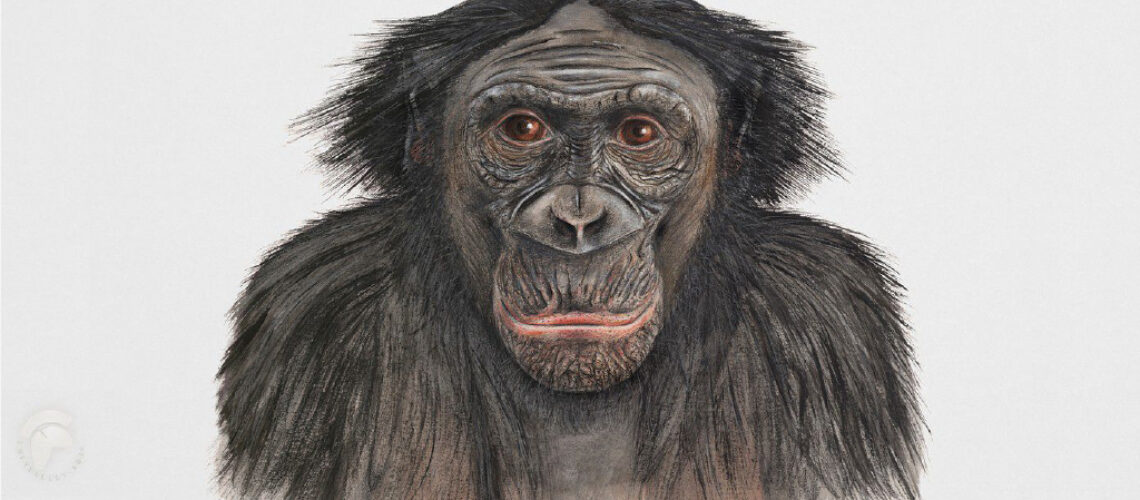Matt Jan-Gerard Maassen-Pohlen, a scientific illustrator and graphic designer from Germany, was surprised when he found his image of an ape was being used as the backdrop for a theatre play. The illustration is called “Bonobo” and was part of an exhibition project for Saarbrücker Zoo, which aimed at highlighting endangered animals and the loss of their habitat. Matt was upset that despite the images being protected on his website, someone consciously bypassed his safety measures and “stole” the image. Matt had no idea the image was copied until a member of the audience uploaded the image on to their social media where it was found by the Copytrack search engine.

The theatre company defends its use of the image saying that the illustration was easy to find online, and therefore should be free to use. They also went on to say that the image didn’t cause him any damage but no reason as to why. The behaviour of the theatre company demonstrates one of the most common excuses for image theft that any imaged found via Google is free. However, this is a common misconception. Google has been repeatedly accused by representatives of the picture industry for enabling copyright infringements and causing a rise in online piracy. The popular search engine displays images in full resolution and allows easy download before the user is even on the source website.
“Image theft is real, but there are ways
to find it and enforce
your right.”
Even with image theft becoming common place in the digital world, Matt will continue sharing his work online. Marie Slowioczek-Mannsfeld, Copytrack Head of Legal, agrees with the illustrator’s approach saying “photographers should not be deterred from sharing their work online. Image theft is real, but there are ways to find it and enforce your right. The risk of your image being stolen should not discourage you from using the various and great means of the internet.”
Interestingly, Matt adds that these precautions are not just for the photographers’ benefits. “It’s not only about the illegal usage of your work but it is also about the responsibility towards your clients who have paid for the production of the image and the usage rights”, states the illustrator. Matt is no longer surprised when he discovers illegal uses of his illustrations after using Copytrack to chase up his lost revenue. He concludes that “Copytrack helps with online infringements with minimum effort compared to similar providers out there, and so far, approach things with a fair approach.”
© COPYTRACK | Jonathan Appleby


